The Art of Gingerbread Houses
As an admirer of historical architecture, I am particularly drawn to the ornate and decorative elements of Victorian-era buildings. This time period, which spanned from 1830 to 1910 during the reign of Queen Victoria, saw the emergence of a variety of styles, including Gothic Revival, Italianate, Queen Anne, Romanesque, and Second Empire, among others. These styles were characterized by their grandeur and attention to detail, with builders often incorporating intricate carvings, patterns, and other decorative elements into their designs. One of the most notable features of Victorian-era architecture is the use of Gothic Revival and Victorian vernacular designs, which were inspired by the elaborate brick buildings found in Europe. While these styles may not be as imposing as some of the more romanticized versions of Gothic architecture, they add a sense of luxury and sophistication to any building.
During the Industrial Uprising, the invention of the scroll saw and the widespread use of steam-powered factories revolutionized the production of architectural elements such as braced arches, cornice brackets, cornice trim, and pierced balusters. These innovations allowed for mass production, making these styles more accessible and affordable. The period following the Civil War saw an increase in prosperity, leading to a surge in popularity for these architectural styles in the South and West. These regions, experiencing rapid growth and development, saw an influx of new cities during the late 19th century, and the demand for these ornate architectural elements followed suit.
During the 1880s, the Queen Anne style gained popularity due to the widespread production of architectural trim, which was referred to as “gingerbread styling.”
The state of Kentucky was home to numerous impressive and ornate homes, including the Abel Gabbard residence in Jackson County, which was built in 1890 and boasts intricate and luxurious decorations. This was not an isolated example, as there were many other similarly adorned homes scattered throughout the state. These grand residences displayed the wealth and status of their owners, and stand as a testament to the opulence of Kentucky during this time period.
More Info abandonedonline.net


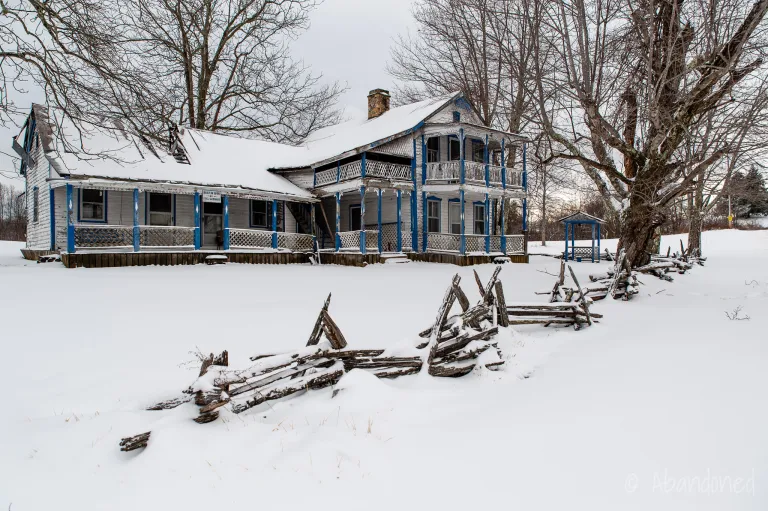

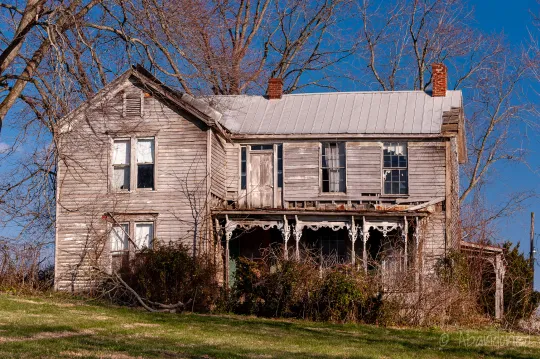
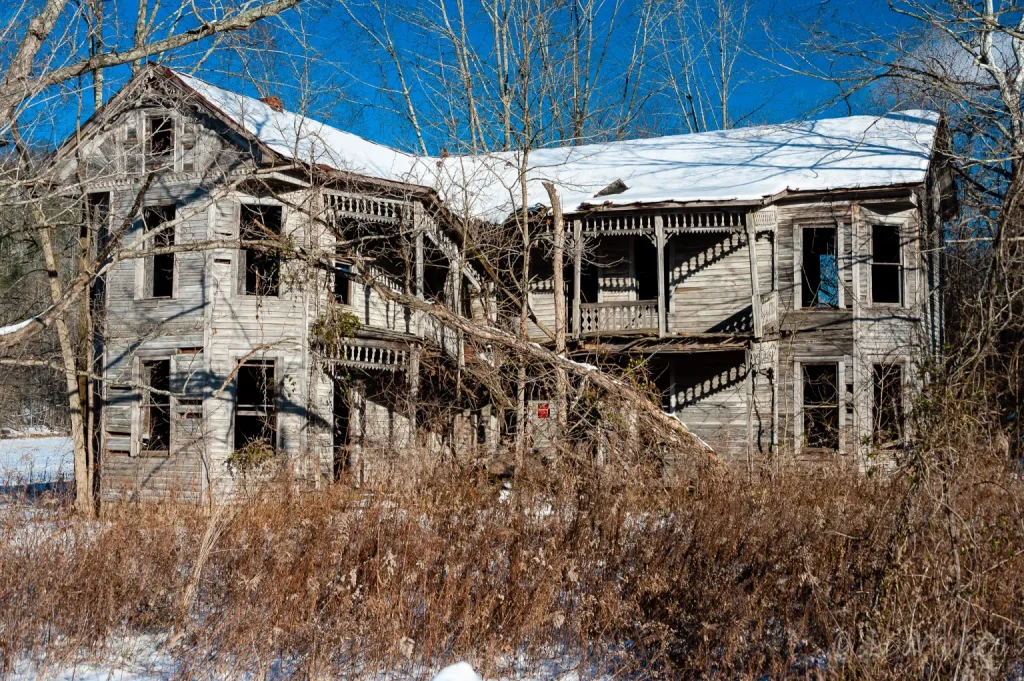
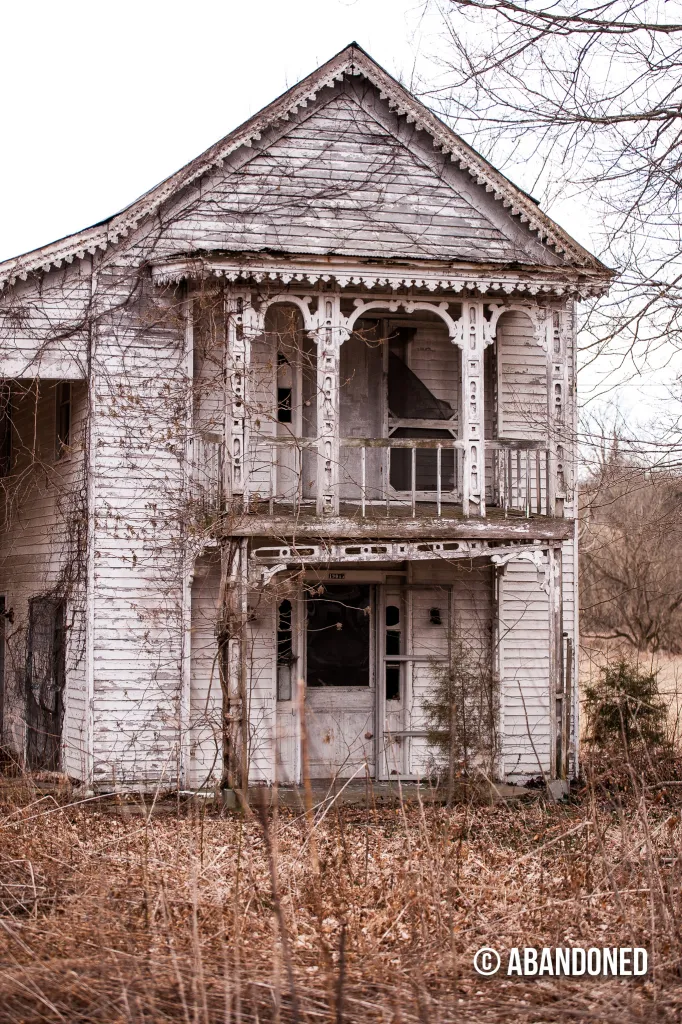
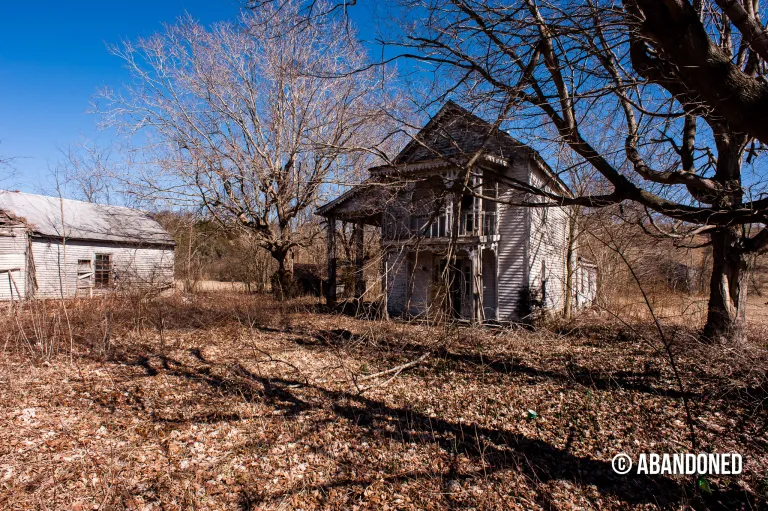
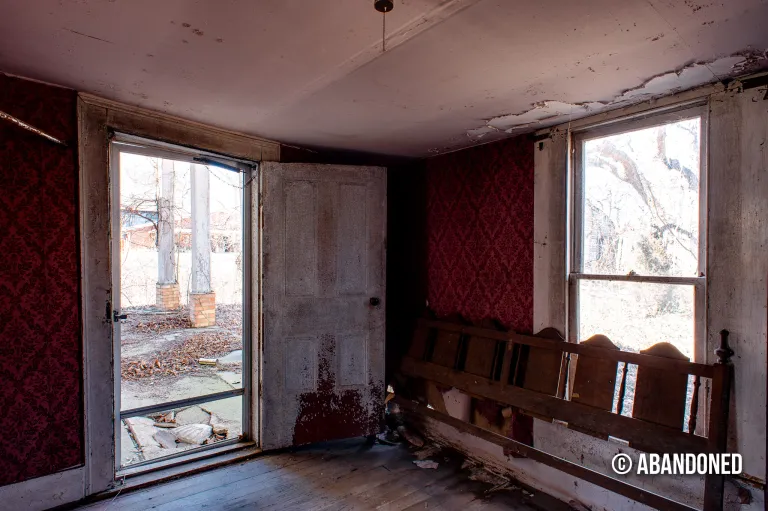

In 1910, the extravagant Victorian-style architecture lost popularity as the streamlined Arts, and Crafts movement gained favor. This shift resulted in the emergence of the bungalow and Craftsman styles. The driving force behind this trend was English reformer William Morris, who sought to revert to a pre-industrial, handmade society in contrast to the Victorian and Queen Anne periods.








